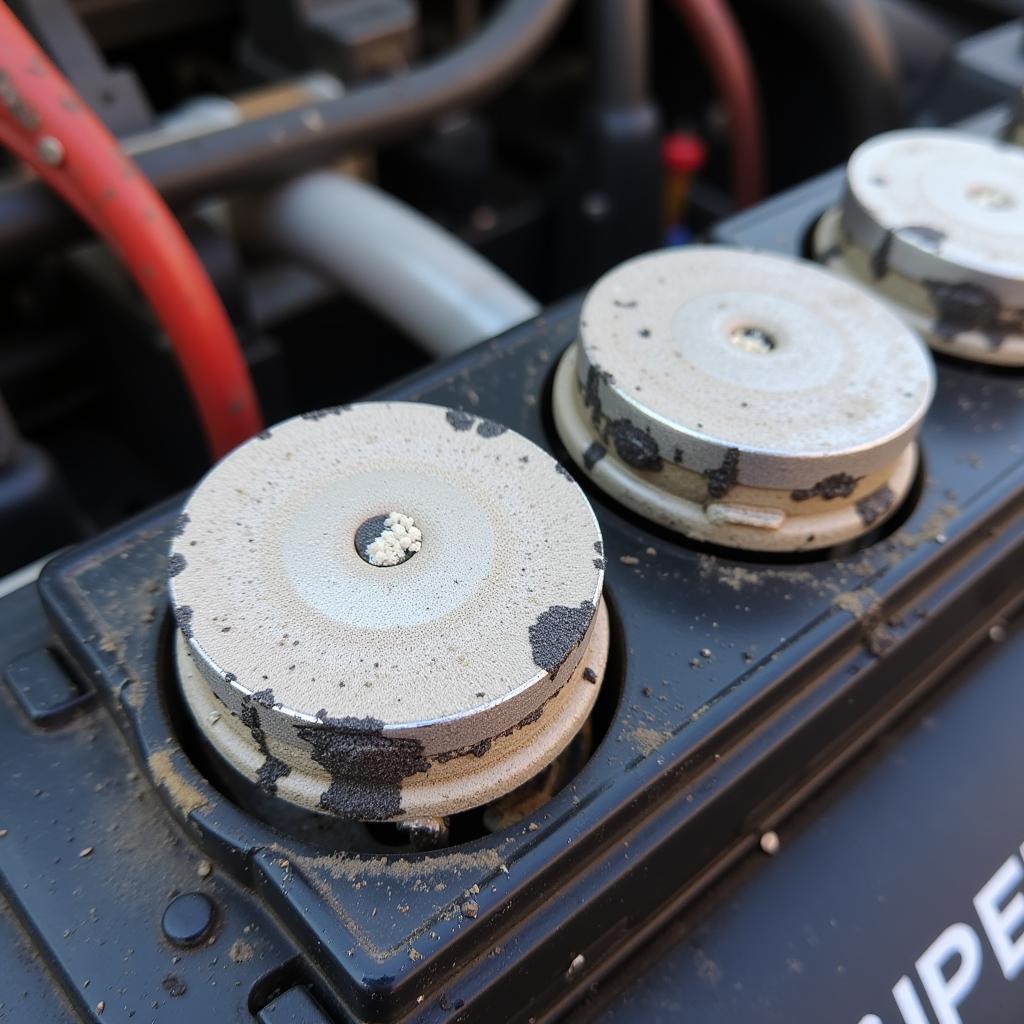A collision warning with brake support system is a critical safety feature in modern vehicles. This system uses sensors to detect potential collisions and can automatically apply the brakes if needed to help prevent or lessen the severity of an accident. While generally reliable, understanding this system’s intricacies is crucial for both peace of mind and effective troubleshooting.
Understanding Collision Warning with Brake Support Systems
These systems employ various sensors, typically radar, lidar, or cameras, strategically positioned on the vehicle to monitor the distance and closing speed to objects in front. When the system detects a potential collision, it alerts the driver through visual, audible, or haptic warnings.
If the driver doesn’t react promptly or sufficiently, the system takes over. This often involves pre-charging the brakes for quicker response and, in many cases, automatically applying the brakes to help mitigate the impact or potentially avoid the collision altogether.
Common Causes of System Malfunctions
While these systems are designed for safety, various factors can lead to malfunctions or false warnings. Here are some of the most common culprits:
- Sensor Obstructions: Dirt, debris, snow, or ice covering the sensors can interfere with their ability to accurately detect objects.
- Environmental Factors: Heavy rain, fog, or bright sunlight can also affect sensor functionality, potentially leading to false warnings.
- Software Glitches: Like any computer-based system, software glitches can occur, requiring a system reset or software update.
- Electrical Issues: Problems with wiring, fuses, or the vehicle’s battery can disrupt the system’s operation.
- Component Failure: In some cases, a malfunctioning sensor, control module, or other system component might require professional diagnosis and replacement.
Troubleshooting Collision Warning with Brake Support Issues
Experiencing problems with your collision warning with brake support system can be alarming. Here’s a step-by-step guide to help you troubleshoot common issues:
- Check for Obstructions: Inspect all sensors for any dirt, debris, or obstructions. Gently clean them with a soft cloth if needed.
- Consult Your Owner’s Manual: Refer to your vehicle’s owner’s manual for specific information about your system and any troubleshooting tips.
- Restart the System: Try turning off your vehicle completely, waiting a few minutes, and then restarting it to see if the warning disappears.
- Check Your Battery: Ensure your vehicle’s battery is fully charged, as a low battery can sometimes cause electronic system issues.
If the problem persists, it’s crucial to seek professional assistance. A qualified mechanic with experience in these systems can diagnose the issue accurately using specialized diagnostic tools and recommend the appropriate repair.
The Importance of Professional Diagnosis and Repair
“Collision warning with brake support systems are intricate and reliant on various components working in harmony,” says John Smith, a senior automotive electrician at ABC Auto Repair. “Attempting to repair these systems without proper knowledge and tools can be dangerous and lead to further damage.”
Professional technicians have the expertise and equipment to pinpoint the root cause of the problem. They can access and interpret the system’s data, identify faulty components, and perform necessary repairs or software updates.
Forward Collision Warning with Brake Support: FAQs
Q: Why is my collision warning light on?
A: Several reasons could cause this, including sensor obstructions, environmental factors, or a system malfunction.
Q: Can I drive with the collision warning light on?
A: While you can technically drive, it’s not recommended. The light indicates a potential issue that could compromise your safety.
Q: How much does it cost to fix a collision warning with brake support system?
A: The repair cost can vary significantly depending on the issue, make and model of your vehicle, and labor rates.
Q: Can I disable the collision warning with brake support system?
A: While some vehicles might allow temporary disabling, it’s generally not recommended as it compromises a critical safety feature.
Maintaining Your Collision Warning with Brake Support System
To ensure your system functions optimally, regular maintenance is essential. This includes:
- Regular Cleaning: Keep sensors clean and free of obstructions.
- Software Updates: Consult your dealer or manufacturer about available software updates for your system.
- Professional Inspections: Have the system checked periodically by a qualified technician, especially after any impact or damage to the front of your vehicle.
Conclusion
Collision warning with brake support systems represent a significant leap forward in automotive safety. By understanding how these systems work, recognizing potential issues, and prioritizing professional maintenance and repair, you can contribute to safer driving experiences for yourself and others on the road. If you are experiencing issues with your Ford Collision Warning with Brake Support system, don’t hesitate to consult a professional for assistance. They have the knowledge and tools to properly diagnose and repair your system, ensuring it functions as intended and keeps you safe on the road.


